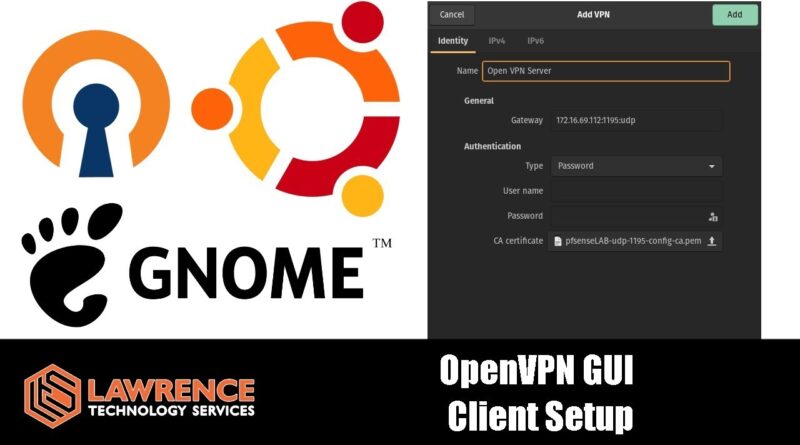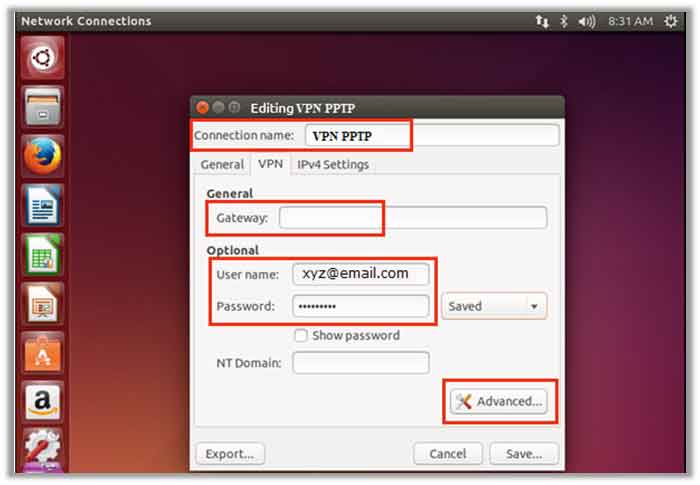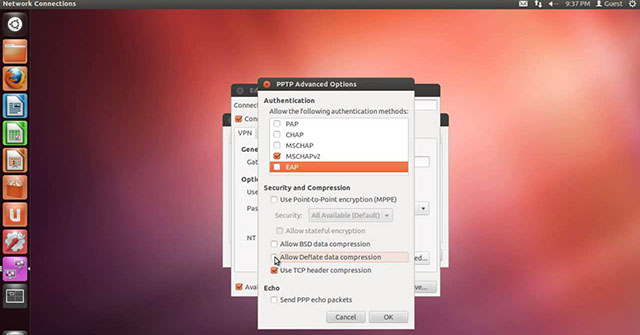

The permission on the service file needs to be set to 644: You can just copy the following text and make required changes in it:ĮxecStart=/usr/sbin/openvpn -config /etc/openvpn/ US-East.ovpn Using your favorite text editor create the following file (mine is vi, but you could use nano, pico, joe or gedit) *This step requires that you setup automatic logon from the previous step. Setting up automatic OpenVPN connection on system start Just ignore it, and log-out once more, this will kill the stopped job.

Notice, that sometimes, you will be left with the terminated process in the process list and when you log out you will get a warning message "You have stopped jobs".

Terminating the connection is as easy as typing: Sudo nohup openvpn -config /etc/openvpn/ US-East.ovpn & If you want to start the connection in the background and also make it not terminate on exiting the terminal you should use this command instead: This will start the connection in the foreground. Sudo sed -i 's/auth-user-pass/auth-user-pass \/etc\/openvpn\/credentials/g' /etc/openvpn/ US-East.ovpn ovpn configuration file to use the credentials file:
#UBUNTU VPN CLIENT PASSWORD#
Replace username and password with your own credentials Sudo printf '%s\n' ' username' ' password' > /etc/openvpn/credentials If you want an automatic logon when you start the OpenVPN connection, you need to make the required changes to configuration files: disown -h makes it so the process isn’t killed when the terminal is shut down. bg resumes suspended process and sends it to the background. This invokes elevation and in the same time connects to the desired VPN destination, but it does so in the foreground. Sudo openvpn -config /etc/openvpn/ US-East.ovpn Since sudo elevation that requires you to input your credentials and putting the process into the background in the same line doesn't work, this is the recommended connection method if you want to manually type in your username and password: Next, you need to connect using the current configuration file, and you'll be asked for our credentials.


 0 kommentar(er)
0 kommentar(er)
